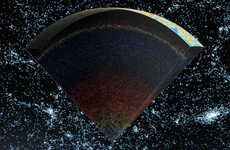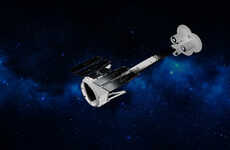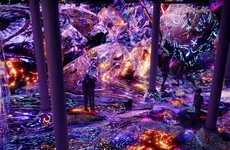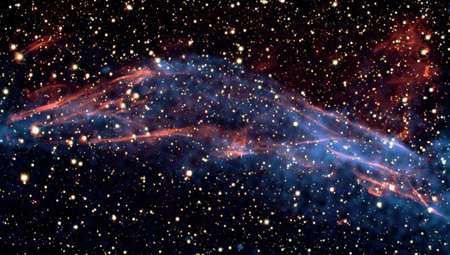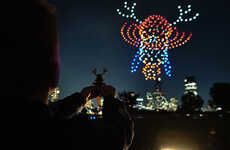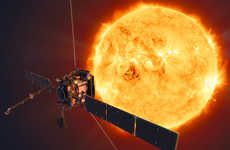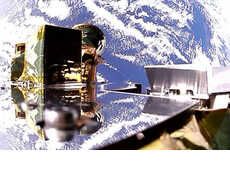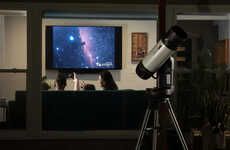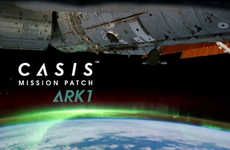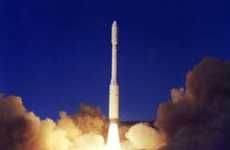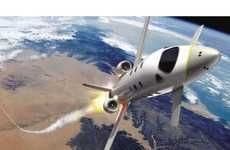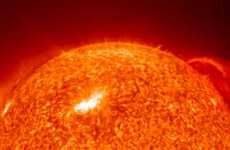
Scientists Clarify 13 Billion Year Old Supernova May Have Started Earth
Andrew Robichaud — July 13, 2009 — Unique
Based on carefully analyzed information and data, scientists have discovered the oldest supernova ever. Over many years, scientists have been studying photos of this particular section of the galaxy and sighting the changes or inconsistencies in order to properly classify the phenomenon.
After a detected gamma-ray burst in April (second photo) that was calculated to be 13-billion-years-old, a flurry of information has lead scientist to conclude that it was a full star explosion.
Should this information be accurate, it is believed that this supernova occurred sometime at the beginning of the entire universe.
After a detected gamma-ray burst in April (second photo) that was calculated to be 13-billion-years-old, a flurry of information has lead scientist to conclude that it was a full star explosion.
Should this information be accurate, it is believed that this supernova occurred sometime at the beginning of the entire universe.
Trend Themes
1. Astrophysics Advancements - Disruptive innovation opportunities include developing better telescopes and imaging technology to study celestial phenomena.
2. Cosmological Research - Disruptive innovation opportunities include advancing our understanding of the origins and evolution of the universe.
3. Stellar Exploration - Disruptive innovation opportunities include developing spacecraft and instruments to investigate supernovae and other stellar events.
Industry Implications
1. Space Technology - Disruptive innovation opportunities include creating advanced space telescopes and exploration missions.
2. Astronomy - Disruptive innovation opportunities include developing new techniques and instruments to study celestial objects and phenomena.
3. Scientific Research - Disruptive innovation opportunities include using new technologies and methods to uncover insights about the universe.
1.4
Score
Popularity
Activity
Freshness


